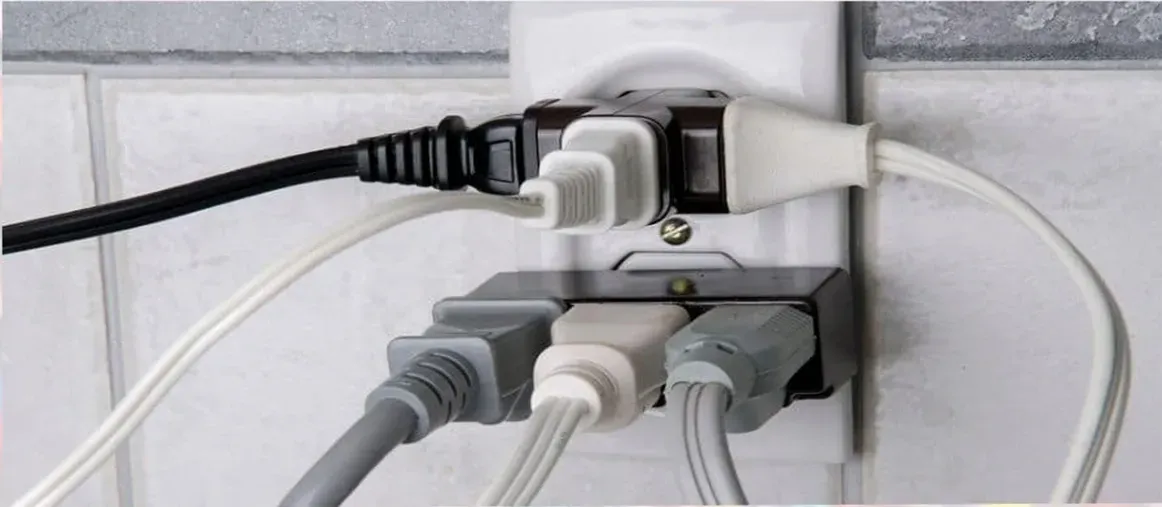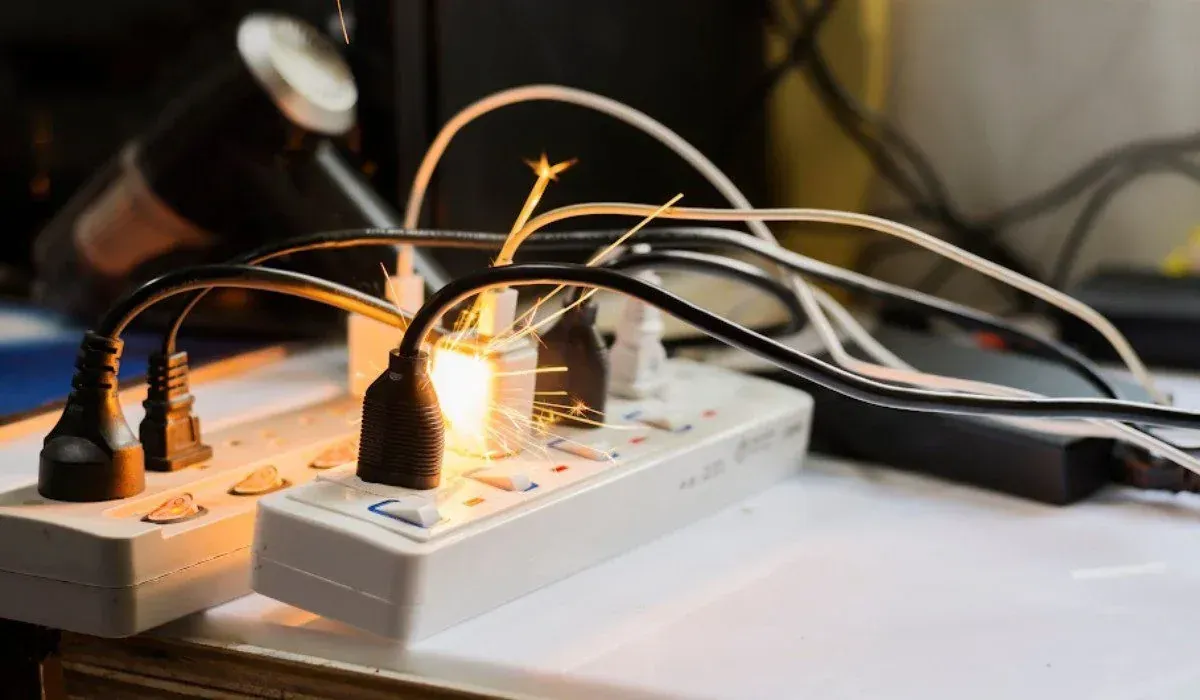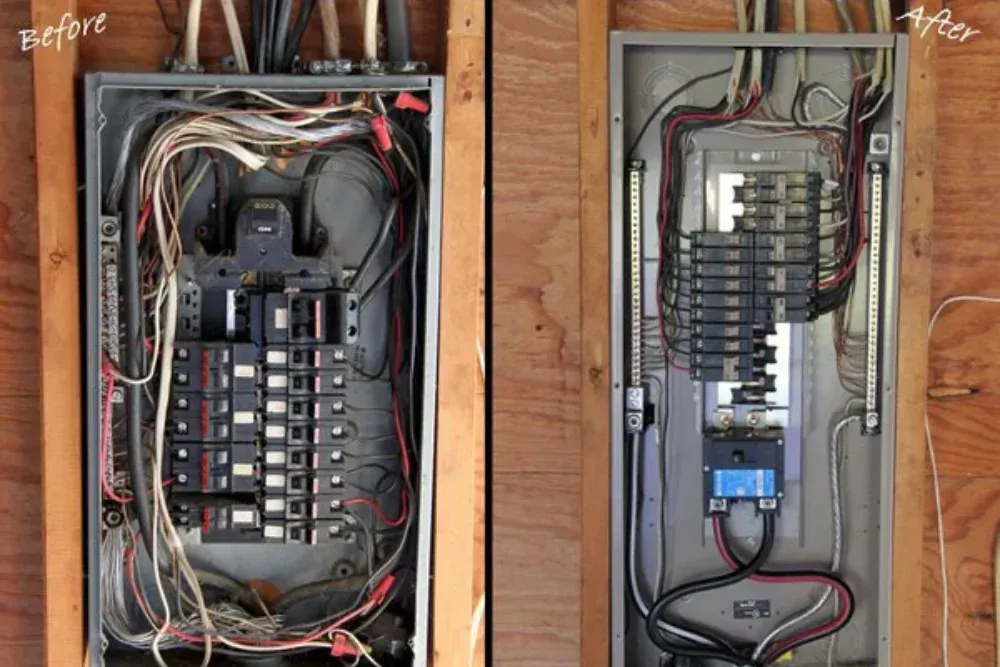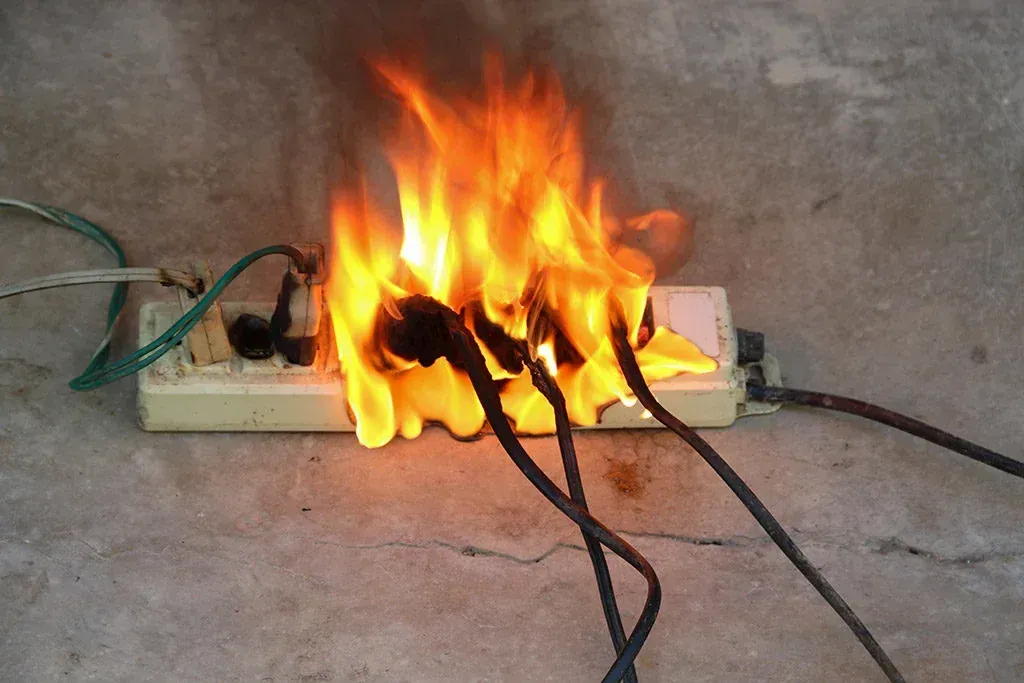Electrical Problems in Throop Homes: 10 Common Issues Every Homeowner Should Know
Electrical problems can happen in any home, and understanding them helps keep your family safe. Whether you live in an older house or a newer construction, electrical issues need immediate attention to prevent serious dangers like fires or shocks. This guide covers the ten most common electrical problems that homeowners face and what you should know about each one.
1. Flickering or Dimming Lights
Flickering lights are more than just annoying. They usually signal a problem with your electrical system that needs attention. When lights flicker or dim, it often means there is a loose connection somewhere in your wiring. Sometimes this happens because too many devices are plugged into one circuit, causing an overload.
If your lights dim every time you turn on a large appliance like your air conditioner or microwave, your home might not have enough electrical capacity for your needs. This is especially common in older homes that were built before modern appliances became standard. Loose bulbs can also cause flickering, so check that first. However, if tightening the bulb does not fix the problem, you likely have a wiring issue that requires professional help.
2. Circuit Breakers That Trip Frequently
Circuit breakers are safety devices designed to protect your home from electrical overloads. When too much electricity flows through a circuit, the breaker trips and shuts off power to prevent fires. Occasional tripping is normal, but if your breakers trip constantly, something is wrong.
Common causes include using too many high wattage appliances on the same circuit, faulty appliances that draw excessive power, or problems with the circuit breaker itself. If a specific breaker trips repeatedly, try unplugging devices on that circuit to see if the problem stops. If the breaker continues to trip with nothing plugged in, you have a serious wiring problem that needs immediate professional attention.
3. Outlets That Do Not Work
Dead outlets are frustrating and inconvenient. When you plug something into an outlet and nothing happens, several issues could be responsible. The outlet itself might be damaged and need replacement. Sometimes a wire has come loose behind the outlet. Other times, a GFCI outlet elsewhere in your home has tripped and shut down multiple outlets connected to it.
GFCI outlets are special safety outlets with reset buttons, typically found in bathrooms, kitchens, garages, and outdoor areas. If several outlets stop working at once, look for a tripped GFCI outlet and press the reset button. Never attempt to fix outlets yourself unless you are a trained professional. Working with electrical outlets can be extremely dangerous.
4. Overloaded Power Strips and Extension Cords

Many homes do not have enough outlets in convenient locations, leading people to rely heavily on power strips and extension cords. While these are useful temporary solutions, overusing them creates serious fire hazards. Overloaded power strips can overheat, melt, and potentially start fires.
Extension cords are meant for short term use, not permanent installations. If you constantly need extension cords in certain rooms, your home needs additional outlets installed by a professional electrician. Look at your power strips and count how many devices you have plugged in. If you are using multiple high wattage devices on one strip, you are creating a dangerous situation.
5. Outdated or Aluminum Wiring
Older homes often have outdated electrical wiring that cannot safely handle modern electrical demands. If your home was built between the 1960s and 1970s, it might have aluminum wiring instead of copper. Aluminum wiring is considered a fire hazard because it expands and contracts more than copper, leading to loose connections over time.
Warning signs of old wiring include two prong outlets instead of three prong grounded outlets, a burning smell near outlets, and discolored or warm outlet covers. Rewiring a home is expensive, but it is one of the best safety investments you can make. Many houses in Throop were constructed decades ago and may benefit from electrical upgrades.
6. Electrical Surges
Electrical surges are sudden spikes in voltage that last only a fraction of a second but can damage your expensive electronics like computers, televisions, and smart home devices. Surges commonly occur during thunderstorms when lightning strikes power lines. They can also happen when the power company works on electrical equipment or when large appliances cycle on and off.
Poor wiring inside your home is another common cause of electrical surges. Installing whole home surge protectors at your main electrical panel provides the best protection. However, if surges happen frequently, you need an electrician to inspect your wiring and identify the root cause.
7. High Electricity Bills
Unexpectedly high electricity bills often indicate electrical problems wasting energy. While seasonal changes affect energy usage, sudden spikes without explanation suggest something is wrong. Faulty wiring forces your electrical system to work harder than necessary, consuming excess power.
Old or malfunctioning appliances also draw more electricity than they should. An electrician can perform an energy audit to identify where your electricity is going. They use specialized tools to measure current draw on different circuits and find problems that waste energy. Fixing these issues often pays for itself quickly through lower monthly bills.
8. Buzzing or Humming Sounds
Electrical outlets, switches, and fixtures should operate silently. If you hear buzzing, humming, or sizzling sounds, you have a serious problem requiring immediate attention. These noises indicate electricity is arcing or sparking somewhere it should not, often due to loose connections or damaged wiring.
Buzzing sounds are never normal and should not be ignored. If you hear unusual sounds from any electrical component, turn off power to that circuit at your breaker panel and call a licensed electrician immediately. Do not use that outlet, switch, or fixture until it has been professionally inspected and repaired.
9. Warm or Hot Outlets and Switches
Outlets and switch plates should feel cool or slightly warm to the touch. If an outlet or switch feels hot, you have a dangerous problem. Hot outlets indicate too much current is flowing through them, poor connections are creating resistance, or the device itself is failing.
This excessive heat can melt plastic components, damage insulation on wires, and eventually start fires inside your walls. Check outlets periodically by feeling the cover plates. If you find a hot outlet, unplug everything from it and stop using it immediately.
10. Lights Too Bright or Too Dim
When different lights throughout your home seem too bright or too dim, even with identical bulbs, you likely have a voltage problem. This happens when your electrical system is not distributing power evenly across all circuits. Some circuits receive too much voltage while others receive too little.
Voltage problems often stem from issues with the main electrical service connection to your home, problems with your electrical panel, or loose connections in your main service wires. This problem does not just affect lighting. Incorrect voltage can damage sensitive electronics and appliances over time.
Get Professional Help for Your Electrical Problems
Electrical problems should never be ignored or delayed. What seems like a minor annoyance can quickly become a serious safety hazard. Whether you are experiencing flickering lights, frequent breaker trips, or any other electrical issue, professional help ensures your home stays safe.
Bee-lectric provides comprehensive residential electrical services throughout Throop and surrounding areas. Our licensed electricians have the experience and expertise to diagnose and repair all types of electrical problems safely and efficiently. From troubleshooting mysterious electrical issues to complete system upgrades, we handle every job with professionalism and attention to detail.
Do not wait for electrical problems to get worse. Contact Bee-lectric today at 570 525 5908 for fast, reliable electrical service you can trust.



